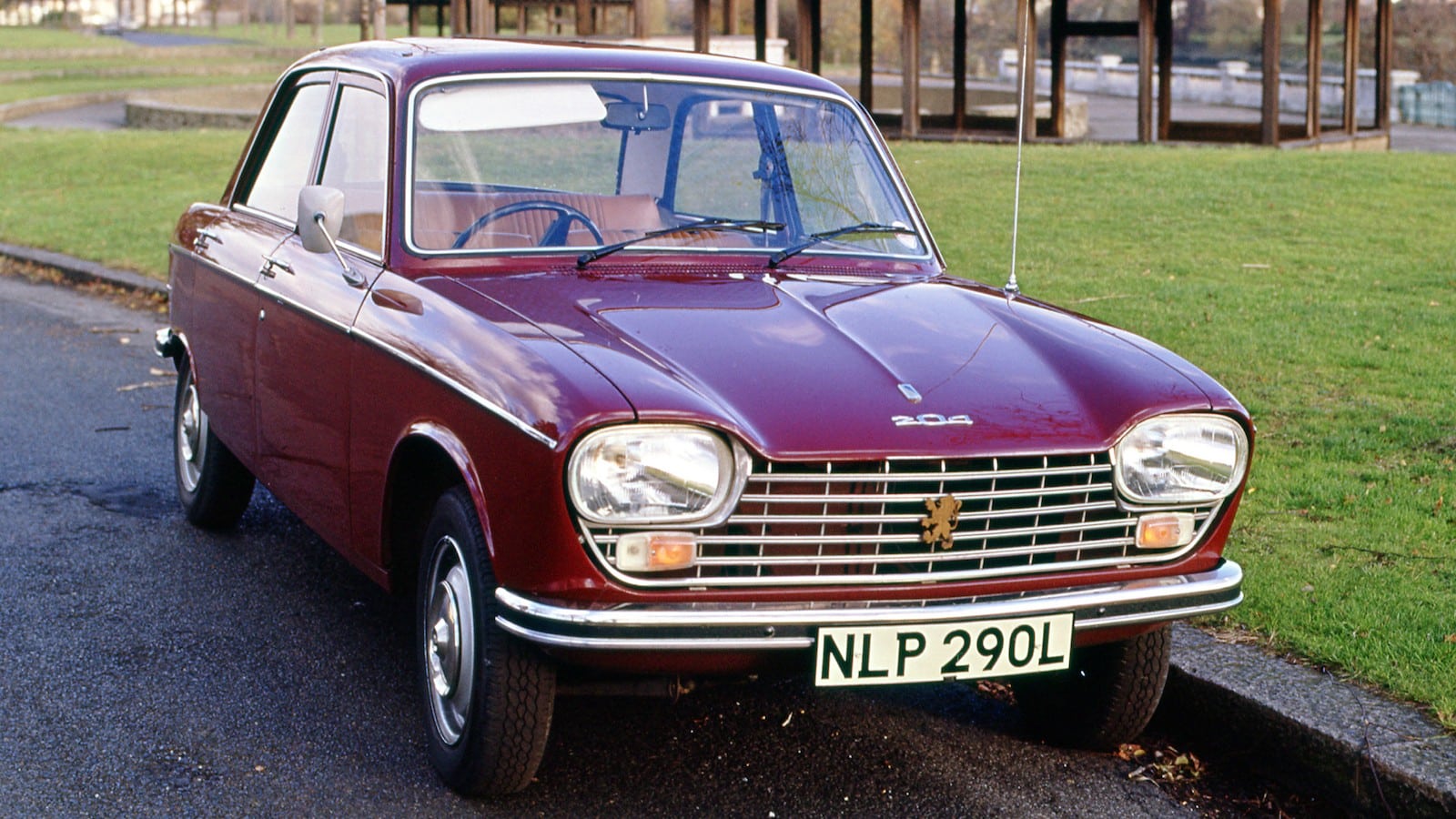The Chinese are noted for their patience. They waited 2700 years to allow two million workers to build the 21,000-km Great Wall, which started in the 7th century BC.
Interestingly, with all the words written by Wood Central recently about what are the longest wooden bridges, we might have to bow to the Great Wall.
The best-known sections, built by the Qin dynasty (221 BC) used a complexity of materials including stones, sand … and a lot of wood – millions of stems of Babylon willow (Salix babylonica) in fact. You know the tree … depicted by a distinctive and elaborate chinoiserie pattern on ceramic crockery with the unmistakable look that is sort of between a horse’s unkempt hair and another horse’s unkempt hair.

However, the designers and builders of Chinese car brands, including the Great Wall Motor Co (GWM), have shown little patience in filling the Australian auto market with thousands of cars, mostly SUVs.
Having overtaken Europe, the UK and US, Chinese car imports shot ahead of Korea in February, closing the gap to Thailand and Japan this year. Watch out Toyota.
The sale of Chinese cars that filled global container ships to the gunnels before, during and after the Covid pandemic, have grown by more than 2000% in the last five years from less than 5000 cars sold in 2017 to more than 120,000 in 2022.
Electric vehicle website EDV Central says most people wouldn’t realise that most electric and hybrid cars sold in Australia were built in China.
Experts say it’s only a matter of time before China becomes the number one supplier here.
The $24.5 billion Great Wall Motor Co company owns four brands – the Haval (tested here) WEY, Ora and GWM pickup.
The new Lux grade Jolion hybrid was launched last year, and there are up to seven more electrified models due in Australia during 2023. Like the H6 before it, the new hybrid is offered in only one well-specified grade for Australia. It packs more power than the equivalent Toyota hybrid, and at $43,905 drive-away is priced to undercut the majority of the RAV4 range and the entire Kia Niro lineup … and that’s despite the price tag – $7000 over the equivalent Jolion petrol model.
Utilising GWM’s dedicated hybrid technology with a 1.5 litre petrol hybrid engine, the Lux hybrid delivers combined outputs of 139 kW and 375 Nm and runs 100 km on just five litres of petrol.
In essence, the Jolion hybrid has two electric motors and two gears for the petrol engine. It’s capable of running the electric motors on their own – the engine through the shorter gear between standstill and 65 km/h with electric assistance; and the engine through the taller gear above 65 km/h, once again with electric assistance to ‘adjust engine working load’.
It’s also capable of driving the wheels with the electric motors and the petrol engine, the latter working through its taller gear, when the driver demands full power.
Haval claims the 0-100 km/h sprint takes a claimed 8.2 seconds.
The feature list on the Lux hybrid is the same as the petrol-powered Jolion Lux, but it adopts the same unique exterior design as the Jolion Ultra Hybrid including grille treatment plus blue trim on the headlamps and unique hybrid badging.
Boot space is 430 L with the rear seats in place, and 1133 L with them folded. There’s no space-saver spare tyre under the floor, which is occupied by the hybrid battery hardware.
Like all GWM products, the new Jolion Lux Hybrid, is backed by a seven-years unlimited km warranty, five years roadside assistance and five years capped price servicing. The battery gets and eight-year coverage.
Jolion Premium highlights include 10.25-in. touchscreen infotainment system; apple CarPlay and Android Auto; paddle shifters; reversing camera; rear parking sensors; cloth upholstery; 17-in. alloy wheels; keyless entry and start; automatic headlights; power-folding side mirrors; rain-sensing wipers; and roof rails.
Jolion Lux adds LED headlights, daytime running lights and fog lights; daytime running lights; leather-wrapped steering wheel; leatherette upholstery; heated front seats; six-way power driver’s seat; digital instrument cluster; six-speaker sound system; dual-zone climate control; and rear privacy glass.
Watch out for the Chinese Chery built by one of the largest car makers in the Orient producing a range of passenger cars, people movers and SUVs. Chery Motors Australia has been importing cars since 2011, and currently offers the budget-priced J3 three-door front-wheel drive hatch and the J11 compact petrol-engine front-wheel drive SUV.
Test runs soon.






